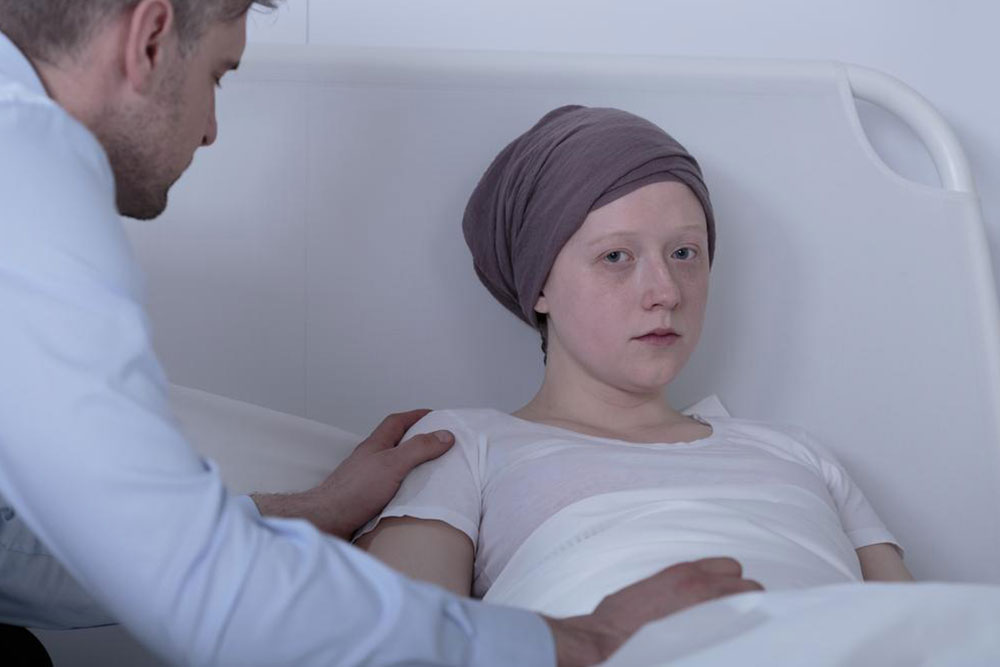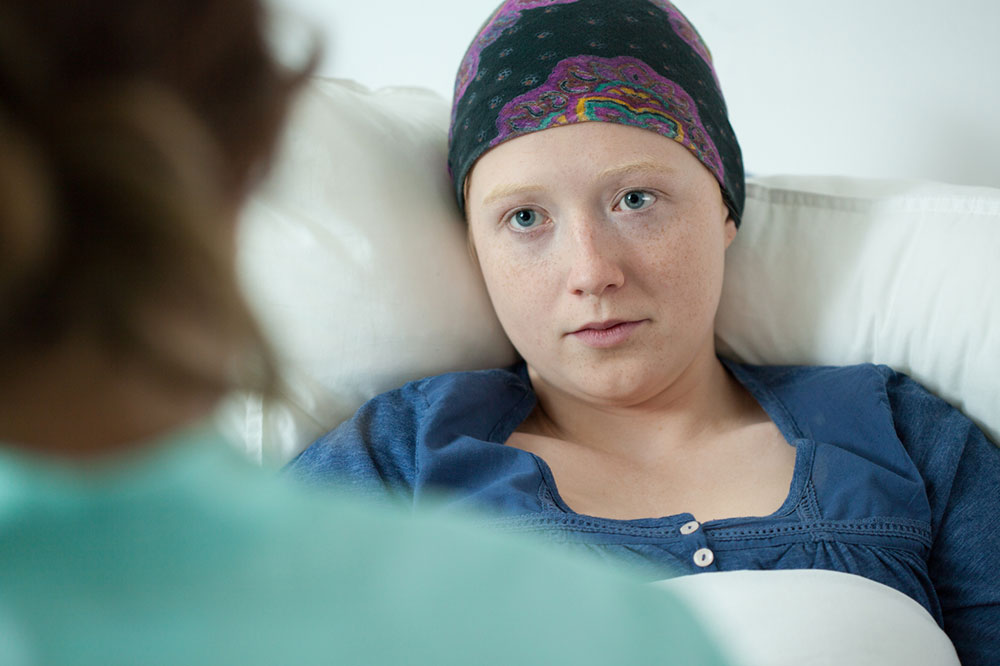Complete Overview of Non-Hodgkin Lymphoma Treatment Strategies
This comprehensive guide explores Non-Hodgkin Lymphoma, detailing symptoms, risk factors, diagnosis methods, and modern treatment options such as chemotherapy, radiotherapy, stem cell transplants, and targeted therapies. Emphasizing early detection and personalized treatment, it aims to inform patients and caregivers about effective management strategies to improve outcomes and quality of life.

Complete Overview of Non-Hodgkin Lymphoma Treatment Strategies
Non-Hodgkin Lymphoma (NHL) is a diverse group of blood cancers that originate in the lymphatic system, a crucial part of our immune defense mechanism. It involves malignant growths formed from lymphocytes, a subset of white blood cells that play an essential role in protecting the body against infections. NHL includes many different subtypes, with follicular lymphoma and diffuse large B-cell lymphoma being among the most common forms encountered worldwide. With ongoing medical research and technological progress, treatment options for NHL have significantly improved, resulting in high remission rates for many patients. Recognizing early symptoms and understanding available therapies can greatly influence outcomes and quality of life.
Unintentional weight loss
Swollen, painless lymph nodes in the neck, armpits, or groin
Discomfort or swelling in the abdominal area
Chest pain or a sensation of pressure in the chest
Persistent cough or difficulty breathing
Chronic fatigue and weakness
Fever associated with night sweats
Identifying these symptoms promptly and consulting healthcare providers promptly can lead to earlier diagnosis and more effective treatment outcomes. Risk factors for developing Non-Hodgkin Lymphoma include immune system suppression (due to medication, illness, or genetic factors), organ transplantation history, certain infections such as HIV or Helicobacter pylori, long-term exposure to hazardous chemicals, and advanced age. A comprehensive understanding of these factors can help in early detection and preventive strategies.
Diagnosis of NHL generally involves a combination of techniques: physical examinations to check for lymph node swelling, blood tests to analyze blood cell counts and markers, advanced imaging scans such as computed tomography (CT) and positron emission tomography (PET) to locate and stage tumors, and tissue biopsies from lymph nodes or bone marrow to confirm malignancy and determine the specific subtype. Accurate diagnosis determines the most appropriate therapy plan tailored to the patient's unique condition.
Varieties of Treatment Options for Non-Hodgkin Lymphoma
Therapeutic approaches for NHL depend on multiple factors including the specific type of lymphoma, the disease stage, the patient's overall health status, and personal preferences. The primary treatment modalities encompass chemotherapy, radiotherapy, stem cell transplantation, targeted biological therapies, and the emerging radioimmunotherapy. Each treatment type has unique mechanisms, applications, and potential side effects.
Chemotherapy: This cornerstone treatment involves the use of potent anti-cancer drugs, administered orally or through injections, aimed at destroying rapidly dividing lymphoma cells. Often used alone or in combination with other therapies, chemotherapy can be administered in cycles to maximize effectiveness while managing side effects. Modern chemotherapeutic agents target specific pathways in cancer cells, improving outcomes and reducing collateral damage to normal tissues.
Radiation Therapy: Utilizes high-energy radiation beams directed precisely at tumor sites to eradicate malignant cells. Radiation can be used as a primary treatment for localized lymphomas or adjunctively post-chemotherapy to eliminate residual disease. Advances in radiation technology, such as stereotactic radiotherapy and intensity-modulated radiation therapy (IMRT), allow higher precision, minimizing damage to surrounding healthy tissue.
Stem Cell Transplantation: A specialized and intensive treatment, stem cell transplantation involves harvesting healthy stem cells from the patient (autologous) or a donor (allogeneic). After administering high-dose chemotherapy and/or radiation to eliminate cancer cells, the harvested stem cells are reintroduced to restore the bone marrow's capacity to produce blood cells. Transplantation is particularly beneficial for certain aggressive lymphomas that do not respond to standard therapies.
Biological and Targeted Therapies: These advanced medications harness the body's immune system or specifically target molecular pathways critical to lymphoma survival. Biological agents like monoclonal antibodies (e.g., rituximab) bind selectively to cancer cell markers to induce immune-mediated destruction. Combining targeted therapies with chemotherapy has shown to improve response rates and prolong remission periods.
Radioimmunotherapy: An innovative approach combining immunotherapy and radiotherapy, radioimmunotherapy involves attaching radioactive isotopes to monoclonal antibodies that specifically attack lymphoma cells. This dual action delivers targeted radiation directly to malignant cells, sparing healthy tissue and improving treatment efficacy.
While the prognosis for Non-Hodgkin Lymphoma has improved markedly, treatment can still pose physical and emotional challenges. Support systems, including counseling, support groups, and palliative care, play vital roles in helping patients cope with the disease and its treatment side effects. Ongoing research continues to refine existing therapies and develop novel options, offering hope for more targeted, less invasive, and more effective treatments in the future.
In conclusion, understanding the comprehensive treatment landscape for Non-Hodgkin Lymphoma is essential for patients and healthcare providers. Early diagnosis, personalized treatment plans, and supportive care are key to achieving the best possible outcomes, improving survival rates, and enhancing quality of life for those affected by this complex disease.





